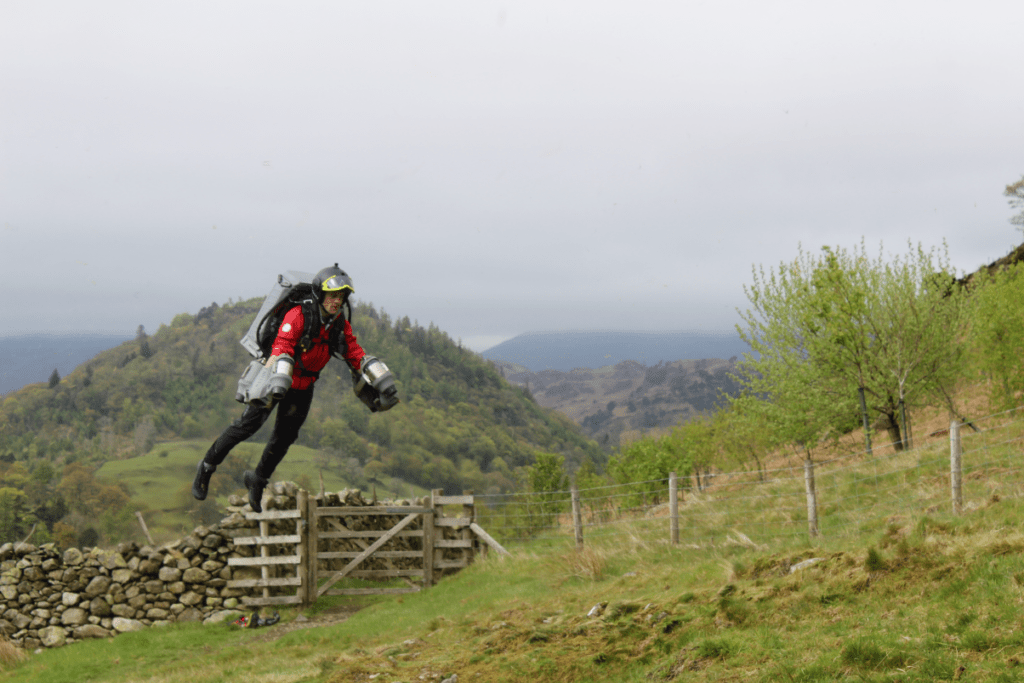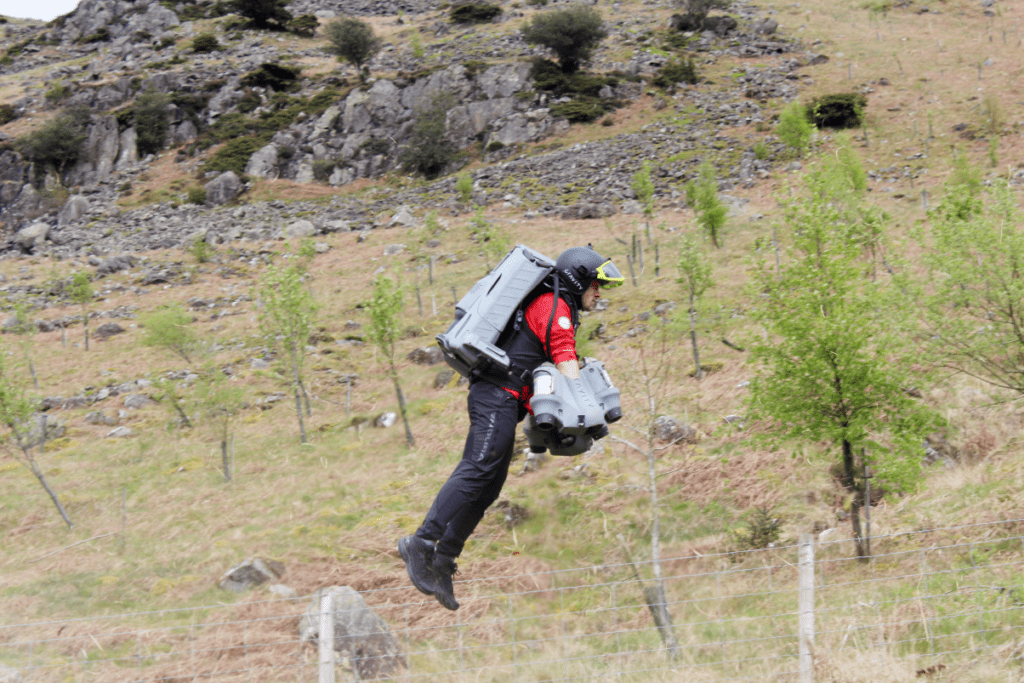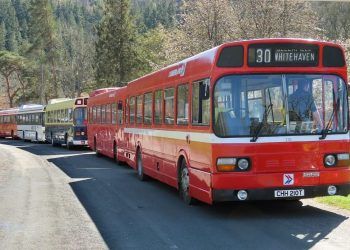
It’s a new take on flying doctors – as the first ever paramedic takes to the air in a jet suit without being tethered.
Jamie Walsh, 37, underwent just six days of training before he flew in the suit, which is being trialled by the Great North Air Ambulance.
Jamie, a critical care paramedic with the service, said he has taken to the new technology, which the air ambulance service hopes will be used to reach casualties in minutes rather than hours over harsh terrain.
He flew untethered for the first time at Helvellyn and said it was exciting.
The tech was first trialled in September 2020 and the service is working with Gravity Industries and renewable energy firm Ørsted.
A spokesman for the service said: “Ørsted has significantly accelerated the journey towards the milestone achieved this week, and the deep expertise of Andy Mawson, director of operations at GNAAS and Sarah Graham, GNAAS paramedic, made the flight possible.
“The technology advancements in the jet suit, which now has more powerful turbine engines that start faster and a jet suit structure that is fully 3D printed, resulted in increased manoeuvrability and faster deployment.”

Richard Browning, founder and chief test pilot at Gravity Industries, said: “This is an exciting milestone in the rapid progression of applying this unique flight technology in the arena of paramedic response.
“We are delighted that the trial has demonstrated not only the speed with which we can train capable candidates but also the ground-breaking speed of the response in a first mission in Helvellyn: 750m height gain; 1.8km distance covered in three minutes and 30 seconds in a jet suit versus 60 minutes in conventional on-foot response.”
Peter Teglman Schiøler, product owner, Orsted Lab_ Product Line at Ørsted, said: “This is a very exciting milestone in the trials.
” This wouldn’t have been able to happen without Gravity and GNAAS being experts in their field. With this trial we start seeing the potential of the jet suit technology.
“Seeing such a significant reduction in response time proves that the technology fits well into the GNAAS paramedic operation in the Lake District and will indeed provide a great safety improvement for the people in need.”
Andy Mawson, director of operations at GNAAS, said: “Patient care is at the forefront of everything we do at GNAAS and the success of this next stage of the jet suit trial is a great step towards helping us reach more patients.
“Jamie’s flight is a crucial milestone of this journey however there is still lots to be done. We will now be looking at completing the training, as well as development of the medical equipment and ongoing development of communications and navigations.”
The next stage, set to begin in the summer, will bring GNAAS paramedics flight skills to a level where real operational experience can be assessed – and real assistance will arrive via jet suit paramedics in the Lake District.
The main areas of focus for the jet suit paramedic would be on-site triage and urgent casualty response that should drastically improve patient stability and survivability.








